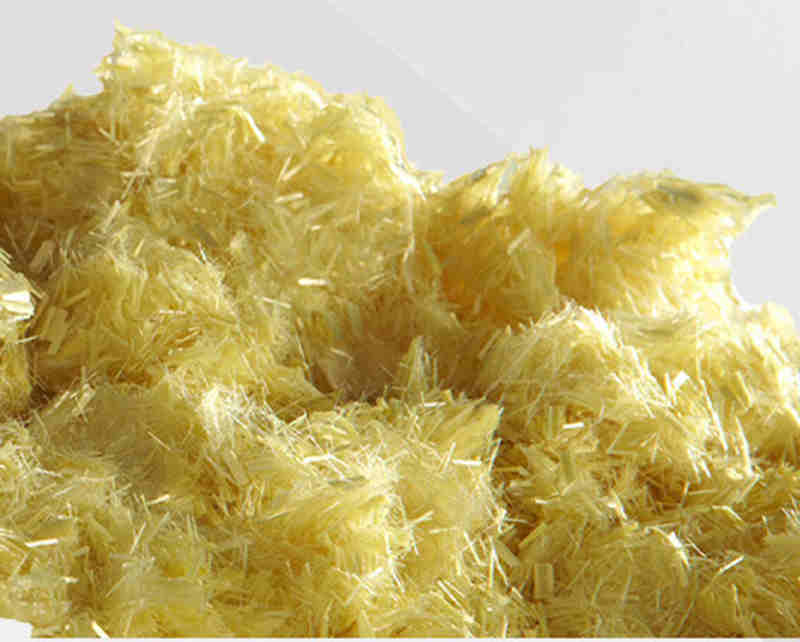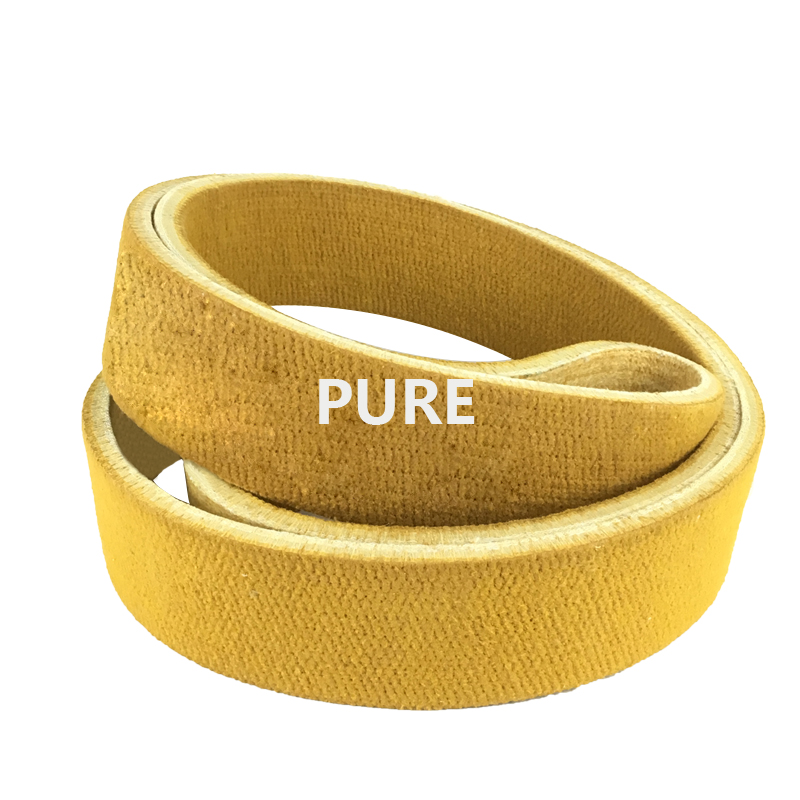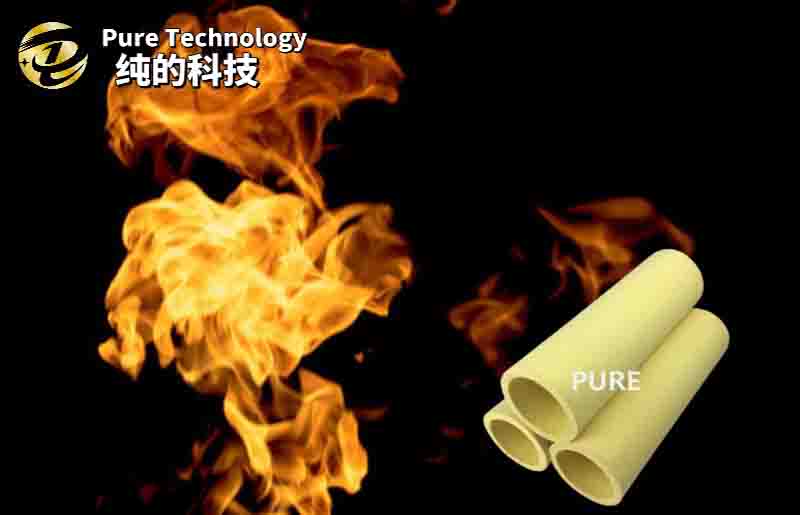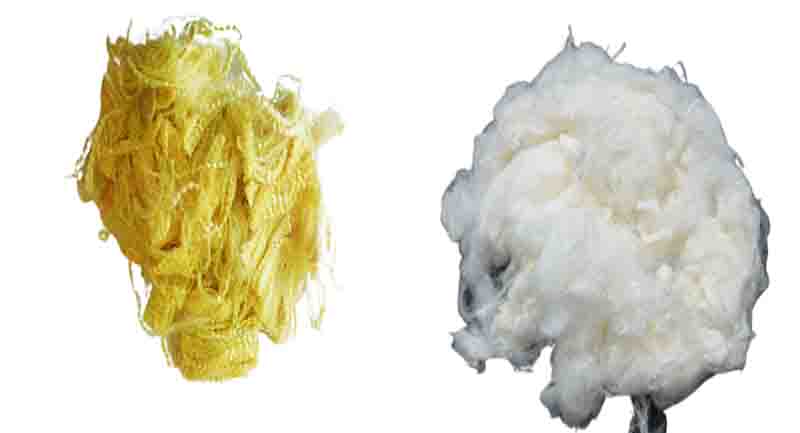Decoding Kevlar: Kevlar is a synthetic material known for its incredible strength, durability, and resistance to wear and tear. It was originally developed by DuPont in the 1960s and has since become a widely used material in industries ranging from aerospace to law enforcement.
Kevlar fibers are made of long chains of molecules arranged in a highly ordered manner, which gives them extraordinary strength and toughness.
It is also very light, making it an ideal material for applications where weight is an issue.
In addition, Kevlar is resistant to chemicals and wear and has a high melting point.
This article will explore several aspects of Kevlar, including its synthetic properties.
Defining its structure and composition, its potential toxicity, its heat resistance, and its flammability.
It will also compare Kevlar to another synthetic material, aramid, and discuss the pros and cons of each.
Finally, the purpose of this paper is to provide a comprehensive understanding of Kevlar’s properties beyond its surface level.
A synthetic material is a material made from a man-made or chemically altered substance, rather than a naturally occurring substance.
They are created through chemical processes, often involving the manipulation of polymers, and are designed to have specific properties and characteristics.
Kevlar is a synthetic material made from polyp-phenylene p-phenylxylamide, a long-chain polymer that is spun into a fiber. The fibers are then woven together to create a material that is strong, lightweight, and heat-resistant.
Synthetic materials offer several advantages over natural materials, including higher durability.
Resistance to environmental factors such as moisture and sunlight, and the ability to tailor to specific applications.
They are also often more cost-effective than natural materials.
Kevlar is a synthetic polymer material known for its high strength, stiffness, and resistance to wear and tear.
It is classified as aramid fiber, a synthetic fiber made from a mixture of liquid chemicals spun into a solid polymer.
The process of making Kevlar fibers involves several steps, including polymerization, spinning, stretching, and twisting.
First, p-phenylenediamine and terephthalic acid monomers are combined in a chemical reactor to form a liquid polymer solution.
This solution is then wet-spun into a fiber.
After spinning, the fibers are stretched and heated during the stretching process, which aligns the polymer chains and increases the strength of the fibers.
Finally, the fibers are twisted together to form yarn, which is then woven into fabric.
Kevlar is known for its superior strength, stiffness, and toughness as well as resistance to wear, and tear, and wear.
It is also resistant to many chemicals and has a high melting point, making it ideal for use in high-temperature environments. In addition, Kevlar is light and flexible and suitable for a variety of applications, including body armor, tires, ropes, cables, and aerospace components.
Kevlar is generally considered a safe material, but some studies have suggested that there may be potential health risks associated with its use.
In particular, the researchers expressed concern about the possible toxicity of Kevlar dust and smoke, which can be released during manufacturing or when Kevlar products are cut or otherwise processed.
There is evidence that exposure to Kevlar dust and smoke can cause respiratory problems such as coughing, wheezing, and shortness of breath.

Some studies have also suggested that long-term exposure to Kevlar may increase the risk of certain types of cancer, although the evidence for this is not yet conclusive.
To ensure the safe handling of Kevlar products, it is important to take appropriate safety precautions.
This may include wearing protective clothing such as gloves and a breathing mask when using Kevlar or fabric.
Workers should also be trained in proper handling techniques and provided with adequate ventilation in areas where Kevlar is processed.
Kevlar is known for its superior strength and durability, but it is also highly heat-resistant.
Kevlar is more heat resistant than most other synthetic materials, making it ideal for applications involving high temperatures.
Explain the heat resistance of Kevlar and its comparison with other heat-resistant materials:
Kevlar’s heat resistance is due to its unique molecular structure.
Which forms strong intermolecular bonds that help it maintain its structural integrity at high temperatures.
Kevlar fibers can withstand temperatures up to 450°C(850°F) without melting or degrading, making them an excellent choice for applications in high-temperature environments.
Compared to other heat-resistant materials, Kevlar is superior to materials such as nylon and polyester.
Which melt or break down at high temperatures.

Kevlar is also better at heat resistance than some metals, such as aluminum, which has a lower melting point than Kevlar.
Practical application of Kevlar in the high-temperature environment:
Kevlar’s heat resistance makes it a popular material for use in high-temperature environments.
Kevlar, for example, is commonly used in firefighters’ clothing and gear because it protects them from extreme heat and flames.
Kevlar fibers are also used in the aerospace industry, such as heat shields and insulation for spacecraft and rockets.
Kevlar is known for its superior strength and impact and wear resistance, but a question that often comes up is whether it is flammable.
This section of this article will explore the flammability and combustion properties of Kevlar and compare it to other refractories.
Discussion on flammability and combustion performance of Kevlar fiber
Kevlar itself is not flame retardant, but it does have some properties that make it resistant to burning.
Kevlar begins to degrade and melt at temperatures above 800°F, which is much higher than the temperature at which many ordinary materials ignite.

In addition, Kevlar has a high limiting oxygen index (LOI), meaning it requires a high concentration of oxygen to keep burning.
However, Kevlar will still burn and even melt if exposed to a strong enough heat source.
The combustion process produces toxic gases that are harmful to those who come into contact with them.
Safety considerations for using Kevlar in fire-prone environments:
When using Kevlar in a fire-prone environment, it is important to take certain security factors into account.
Kevlar should always be paired with a flame-retardant coating or barrier to reduce the risk of catching fire.
In addition, users should be aware of potentially toxic fumes and take steps to protect themselves, such as wearing a respirator.
Aramid, like Kevlar, is a synthetic fiber known for its strength and durability.
aramid fibers are also produced through a similar chemical process as Kevlar but contain a different chemical composition.
aramid is commonly used as an alternative to Kevlar in applications requiring higher heat resistance.
Kevlar is considered one of the strongest materials in the world in terms of strength. It has high tensile strength.
Which means it can withstand considerable force without breaking.

aramid, on the other hand, is not as strong as Kevlar but is still considered a highly durable and resilient material.
In general, the choice between Kevlar and aramid depends on the specific application and desired performance level.
Kevlar is stronger and more versatile, and aramid is more heat resistant and better suited to high temperatures.
When choosing the right material for a particular application.
It is important to carefully consider the properties and characteristics of each material.
Kevlar is also widely used on our website to make a variety of products, including 100% Kevlar Felt Roller Sleeves, 100% Kevlar Endless Felt Belts, 100% Kevlar Felt Pads, and other products
References
National Institute for Occupational Safety and Health. (2019). NIOSH Pocket Guide to Chemical Hazards: Kevlar® Aramid Fiber. https://www.cdc.gov/niosh/npg/npgd0359.html
DuPont. (2021). Kevlar® Aramid Fiber Technical Guide. https://www.dupont.com/content/dam/dupont/amer/us/en/protective-solutions/technical-documents/en/Kevlar-Aramid-Fiber-Technical-Guide.pdf
Smith, B. J., & Higgins, C. E. (2016). Flammability and thermal stability of Kevlar. Fire and Materials, 40(6), 852-862. https://doi.org/10.1002/fam.2411
As we know, Heat Transfer Printing Felt is suitable for fabrics, decorative fabrics, curtains, le...
Read Safety Rules for Laundry Management to be a qualified manager. PARTⅠ Laundry room Safety Gen...
The extrusion machine is the leading equipment for the production of aluminum profiles. The quali...
Heat transfer printing is a contemporary printing process in the clothing market. It prints the p...
In the textile industry, felt is only a small part but important. About how to choose felt that i...
Foshan Pure Technology Company., Ltd. helps conveyor belt manufacturers source equipment to metal...
Nomex, an intermediate aramid, also known as aramid 1313. It is characterized by good heat resist...
In the 1960s, the Dupont developed a kind of aramid composite material, it is Kevlar. It has very...